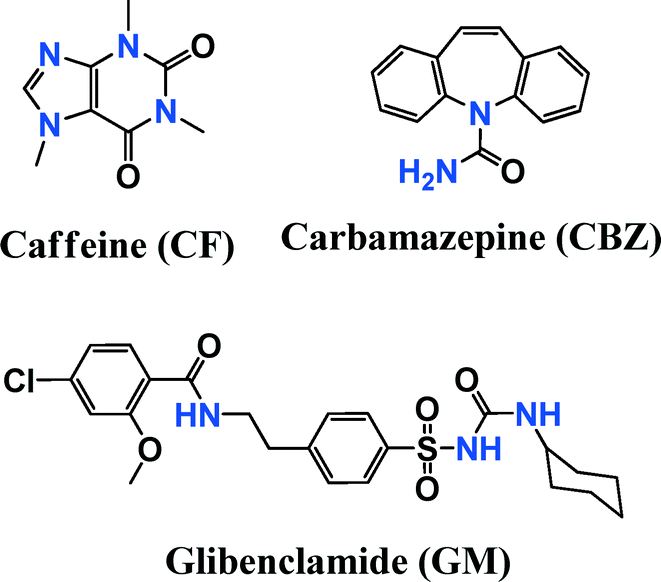Posted on behalf of Josh Campbell, web writer for CrystEngComm
Researchers in the field of nanophotonics aim to control photons or optical energies at the nanometre scale by using devices; typically 1D nanomaterials such as nanotubes or nanowires. Due to the nanoscopic nature of such materials, the quantum confinement effect allows fascinating properties to emerge which can be harnessed to produce ultra-fast, low-power and interference-free devices.
An integral part of any nanophotonic device is the waveguide, a physical structure that guides the photons to their target location. Waveguides can be active, guiding photons via coupling mechanisms, or passive, propagating the source light directly through the material.
Of all the classes of waveguide materials, inorganic devices are the most common, however recent research into waveguides made from small molecule organics is gaining traction. The advantages of these organic devices over existing inorganic materials are that they are easier to produce and have tuneable properties arising from greater variations in molecular structure.
For the emerging field of biophotonics, biocompatibility is a key requirement, with non-toxic pharmaceutical molecules being a logical fit for the role but not having been well explored.

In a recent article in CrystEngComm, researchers from the Rajadurai and Chandrasekar groups evaluated three pharmaceutical molecules as biophotonic devices: caffeine, carbamazepine and gilbenclamide, with nanoscale samples of each molecule grown via drop-casting on a clean glass slide.
The researchers found that crystal growth was governed by kinetic factors which often left the sample with defects which are compounded by defects created by the source of radiation used to examine the structures. To overcome this, the authors used a novel method of Raman laser light confinement to characterise the compounds.
All three molecules exhibited tubular morphologies which, in the case of carbamazepine, measured hundreds of microns in length. Passive waveguiding was observed via 2D optical confinement in all samples and no unnatural defects were observed when the samples were subjected to Raman spectroscopy.
The potential of these materials to act as biocompatible optical waveguides will hopefully bring the first biophotonic nano-devices significantly closer to realisation.
Read the full article now for more details:
Passive optical waveguiding tubular pharmaceutical solids and Raman spectroscopy/mapping of nano-/micro-scale defects
Naisa Chandrasekhar, E. Ramanjaneya Reddy, Muvva D. Prasad, Marina S. Rajadurai and Rajadurai Chandrasekar
CrystEngComm, 2014, DOI: 10.1039/C4CE00084F
 |
Josh Campbell is a PhD student, currently at the University of Southampton, UK studying crystal structure prediction of organic semiconductors. He received his BSc from the University of Bradford. |










